24 February 2021
There is a small store in Newton, in nearby Perth County, where Miriam likes to buy fabric and other accessories, and where we also obtain a delicious, homemade red pepper jelly. A few items were on her list so, as we often do, we embarked on a shopping expedition combined with a little birding on the way home.
The temperature is steadily rising at this time of the year, but the landscape reminds us that this is southern Ontario after all, and we are still in the grip of winter.
The sun in February delivers noticeably more heat than January, and rural dirt roads, frozen solid at first light, can quickly turn to a quagmire of mud by midday.
One of the very special birds to make southern Ontario home for the winter is Northern Shrike (Lanius borealis). We scan for it in suitable habitat, but notwithstanding diligent searches, we consider ourselves fortunate to see it three or four times in a whole winter. Today was our day!
It was at one side of the road, and it flew almost as soon as we spotted it. All was not lost, however, as it perched conspicuously in a bare tree directly opposite.
As you can see Northern Shrike has a hooked bill, but it is not possessed of great tearing strength, nor are its feet equipped for grasping like a raptor. This has led to the practice of shrikes impaling their prey on thorns, or barbed wire, so that they can age for a day or two and soften up, develop the right texture - perhaps akin to humans making blue cheese!
It is an irony that in a lifetime with birds, I have never found one of these larders. But I have certainly enjoyed the bird.
Horned Larks (Eremophila alpestris) are very common in the snowy fields of winter, and they seemed to be everywhere we looked during our drive home.
They are agile flyers and probably are in little danger from a prospecting Red-tailed Hawk (Buteo jamaicensis).
25 February 2021
Now that the lockdown condition are not so draconian we have been able to resume our weekly walks with Heather and Lily. So - for all who have been awaiting an update on our precious girl, who is now in her ninth month by the way - here she is.
We all walked together in Bechtel Park, and I am sure that Lily approved of our choice for she giggled, chuckled and murmured approvingly the whole time.
Our walk turned into a woodpecker day, and we saw three species, but mostly they went about the business of being a woodpecker and did not pose for pictures. A male Red-bellied Woodpecker (Melanerpes carolinus) was the best we could do.
At home Lily is crawling, and it is evident that she is keenly aware of her surroundings when we walk. Her eyes are constantly following the birds.
Ice is receding from creeks and rivers now, and before long they will be totally ice free.
We had a great walk together, and I am quite sure that when we said goodbye to Heather and Lily, Lily was already looking forward to next week!
26 February 2021
It had been a long time since we visited some of our favourite birding spots along Lake Ontario, starting in Toronto, so we planned a day to enjoy it all anew.
Humber Bay Park, Toronto, ON
It was a beautiful winter day, with sunshine and a temperature above zero, and Humber Bay looked serene. Most of the ice has already disappeared from around the shoreline.
Expensive condominiums line the waterfront, obscenely blocking public view of the lake, and a king's ransom will get you an apartment in one of these ultra modern edifices.
There was a pleasant variety of waterfowl, including many Greater Scaup (Aythya marila), but mostly we would have been shooting into the sun so we don't have an abundance of pictures from this location.
Greater Scaup ♂
Greater Scaup ♀ and ♂
As might be expected, Mallard (Anas platyrynchos) was ubiquitous.
Colonel Samuel Smith Park, Toronto, ON
If there is one location where one can reliably predict a large number of waterfowl in the winter, Col. Sam is it.
In the above picture you can see Mallard, Canada Goose (Branta canadensis), Redhead (Aythya americana) and Gadwall (Mareca strepera).
And here are Bufflehead (Bucephala albeola), male and female.
Bufflehead ♂
Bufflehead ♀
This Mallard in flight presents a dramatic image.
There were several Common Mergansers (Mergus merganser) on the water, but only females surprisingly enough.
Long-tailed Duck (Clangula hyemalis) is always, for me, one of the most endearing of ducks, and today they were chattering to each other in the most delightful way.
Long-tailed Duck ♂
Long-tailed Duck ♀
Lakefront Promenade, Mississauga, ON
This area in Mississauga is comprised of discrete pods, but for the purpose of this essay I will group them together. Of course, the birds move from one area to another in any event.
Of late, I have been more than a little interested in the feet of birds, and the various configurations and adaptations found in different families, and the way in which foot structure is related to lifestyle. It is also to be noted that foot colour changes in some species as a bird ages. Thus, an adult Mute Swan (Cygnus olor) is equipped with jet black feet, whereas a juvenile has copper-coloured or yellowish feet until attaining adulthood, although in every other respect it may resemble a mature bird.
I can remember that thirty or forty years ago, American Herring Gull (Larus smithsonianus) would have been the most frequent gull in the wintertime, replacing Ring-billed Gull which migrated out of the area. This is no longer the case.
American Herring Gull - centre
There was an abundance of ducks and in the picture below are Redhead, Greater Scaup and, at the lower right, a male Gadwall.
There was always ample opportunity to see mixed groups of ducks, some surface feeders, others diving ducks, and gulls resting on the ice.
In the picture above you can see the dramatic difference in size between Ring-billed Gull and American Herring Gull. A close-up of American Herring Gull is shown below.
The red spot you see on the lower mandible, known as the gonys spot, serves as a stimulus for young birds urging their parents to regurgitate food for them; pecking at that spot results in food delivery.
It is hard not to be constantly reminded how handsome a Redhead is and how fortunate we are to share a winter's day with them.
There were eight Mute Swans present and at least two pairs were renewing their bonds in elaborate displays, swimming together, spinning in circles, facing each other and making contact with bills,
So often we focus on the male of the species, since they are more brightly coloured and more dramatic (and I am as guilty of that as anyone), but take a look at the delicate beauty of a female Mallard.
And a group of Greater Scaup was exciting to watch; we saw feeding, squabbling, mastery of their element and a few indications of love matches being made.
Just before we left, a small group of Long-tailed Ducks paraded right in front of us, to our enormous delight.
The ice of winter is giving way to the renewal of spring, and we were very, very happy to be a witness to it all.
You might accuse me, justifiably I might add, of going overboard a little here with pictures, but perhaps they have enabled me to convey the sheer elation we felt. Countless times have we seen this scene, but nature playing out before our eyes unfolds in different ways every time, and our sense of wonder is magnified with each passing year.
I cannot help but be reminded of the words of Charles Darwin, my greatest hero of all, as he came to the end of On the Origin of Species by Natural Selection, where he says, "There is a grandeur in this view of life, with its several powers, having been originally breathed into a few forms or into one; and that, whilst this planet has gone cycling on according to the fixed laws of gravity, from so simple a beginning endless forms most beautiful and most wonderful have been, and are being evolved."





















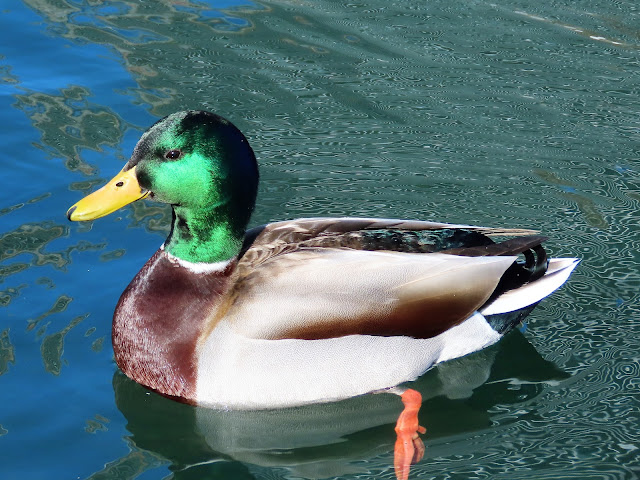











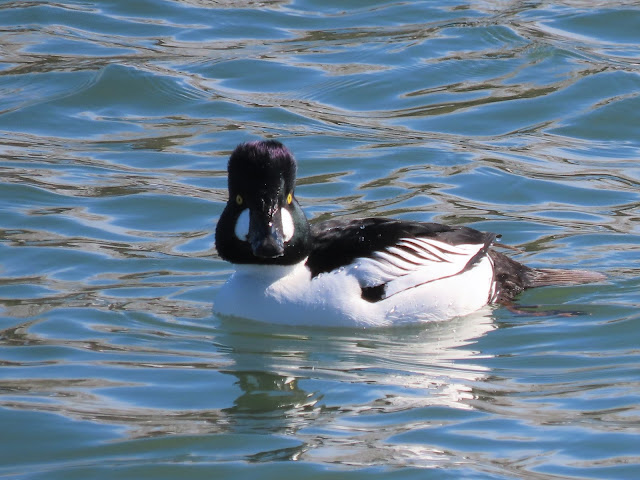




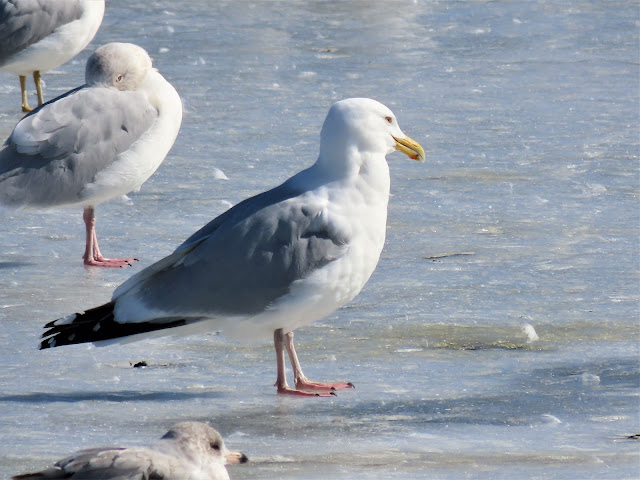







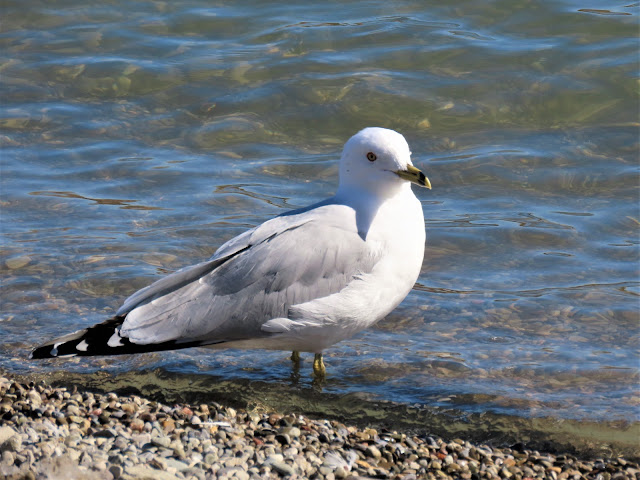







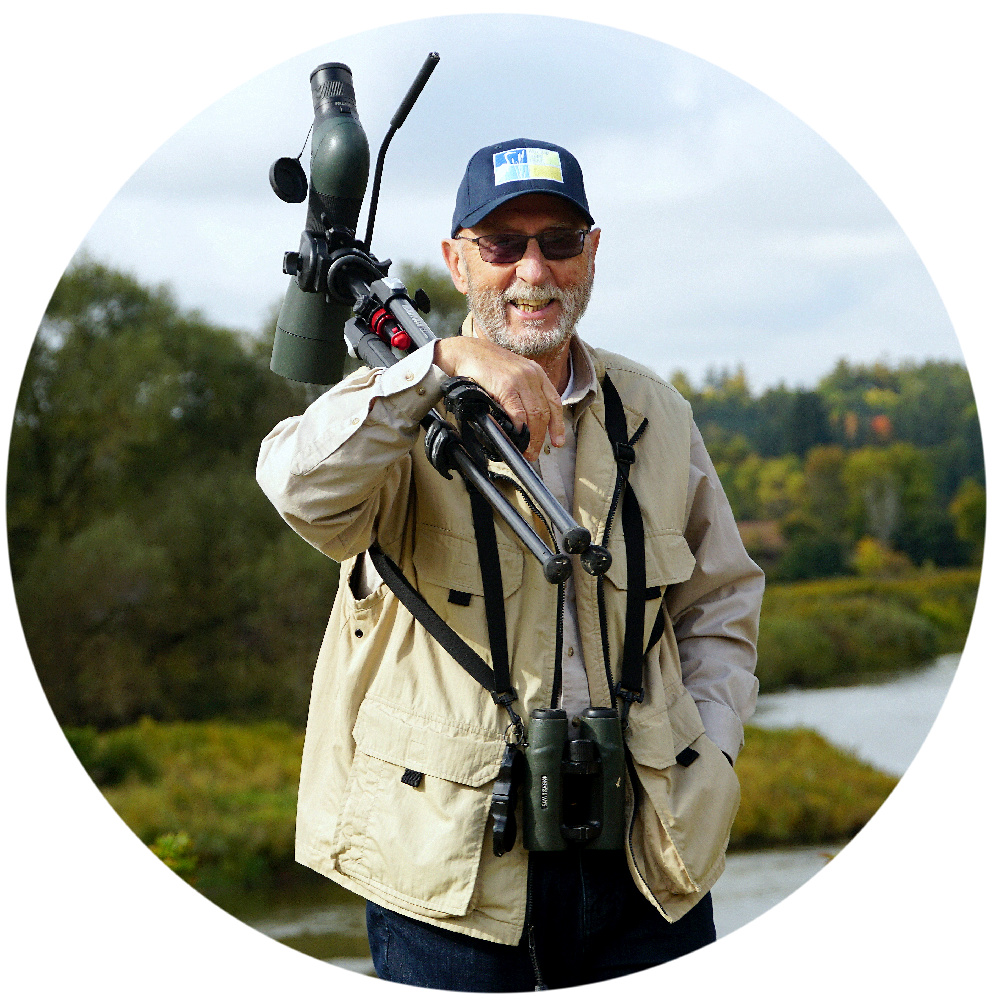





.svg.webp)













